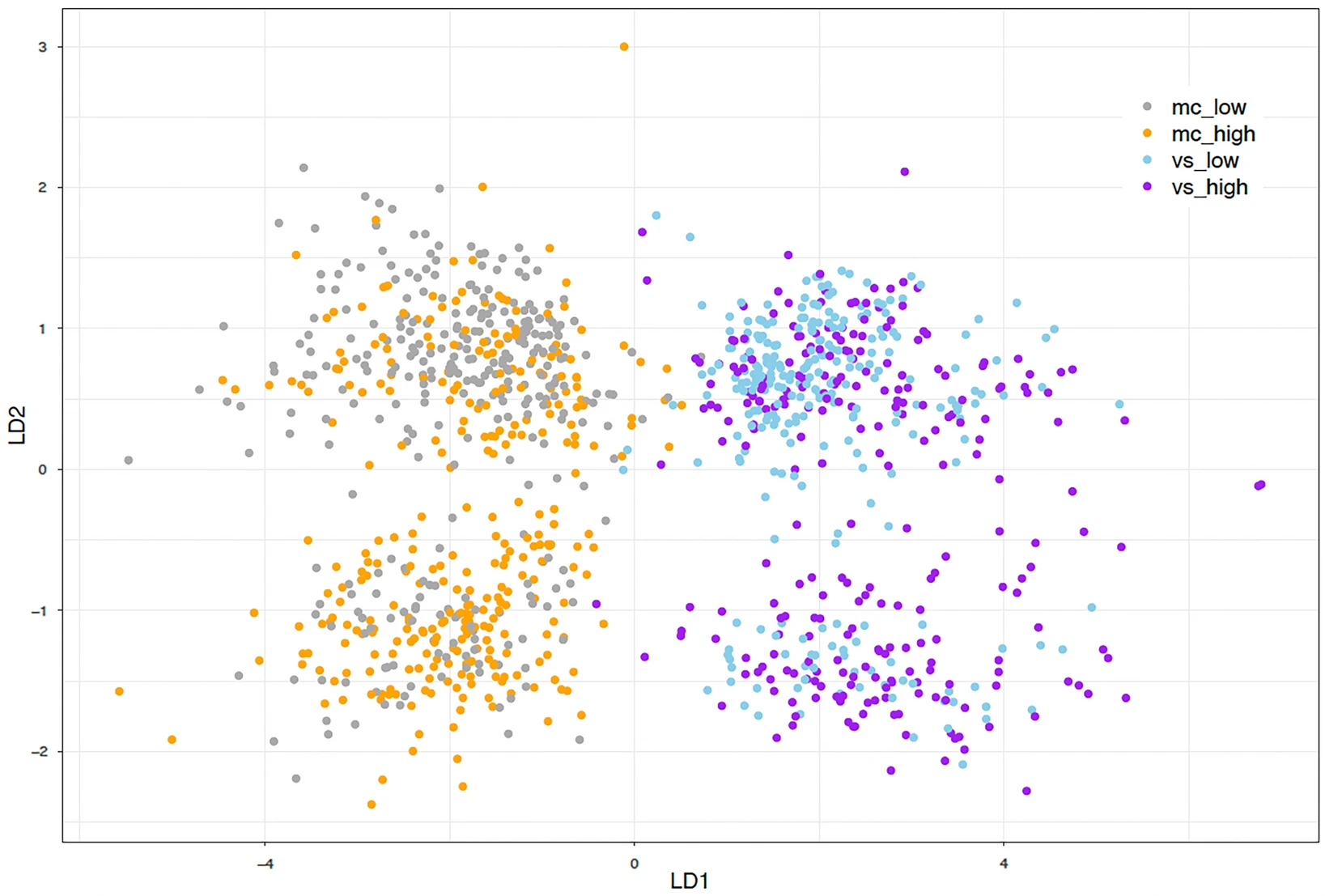The researcher from LASIGE, Carlos Duarte, has co-authored a study published in Springer Nature’s Scientific Reports that demonstrates how physiological signals can predict different types of mental effort. The study, led by a team at SWPS University with contributions from the LASIGE’s researcher, used eye-tracking, heart rate, and skin response measurements to distinguish between “intrinsic” mental effort (from a task’s inherent complexity) and “extraneous” effort (caused by distracting elements).
In experiments with 33 participants performing mental calculations and visual search tasks, the team created a model that identifies both the type and intensity of cognitive load a person was experiencing. The model analyzes patterns in eye movements, particularly fixation duration and the “K coefficient,” which reveals when someone is focusing intently versus scanning broadly.
The full paper can be consulted at Scientific Reports.

